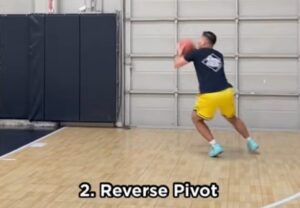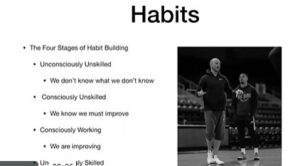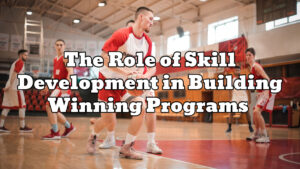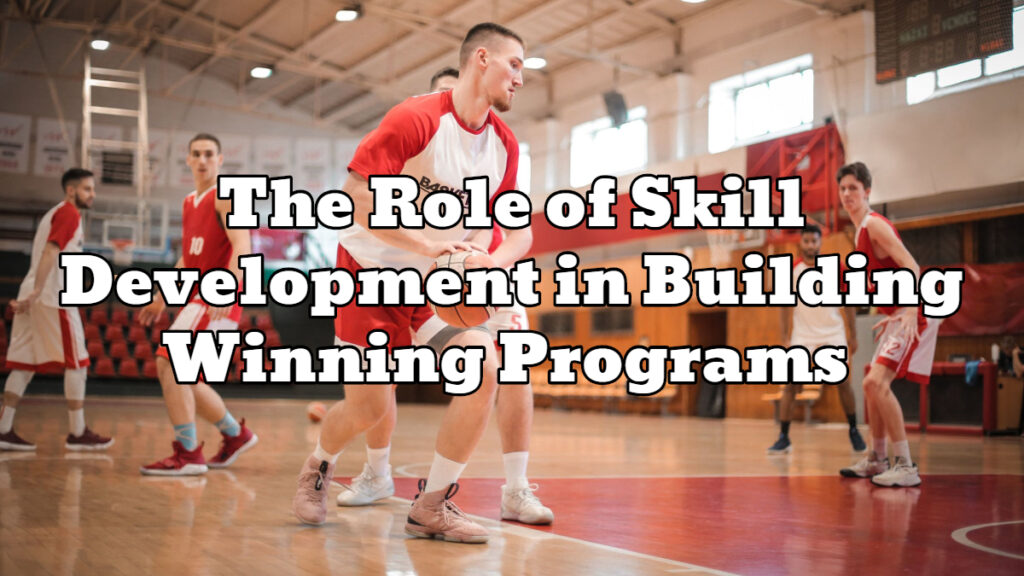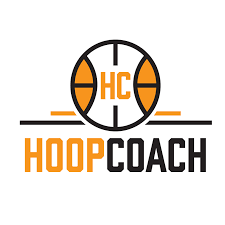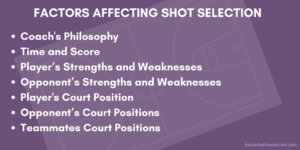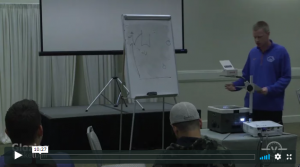A short video from our friends at Dr. Dish Basketball.
A few ideas to consider as you work to develop your players’ individual moves.
This is not a recommendation to use all 6 moves, or even any of the moves.
It is just to get you to think about developing a go to move and a counter move for your players who at times, play out of the mid post.
Please make sure your sound is on to see the video.
This drill is hosted on YouTube, so you will need to be on a server that allows you to access YouTube to see the drill.
The video is in the YouTube shorts format so it will look a little different than the YouTube videos that we have posted in the past. The format is narrower than a traditional video.
Click the play arrow to see the drill.
You can click the icon in the lower right corner of the video to watch the video in full screen mode to be able to see it better.
